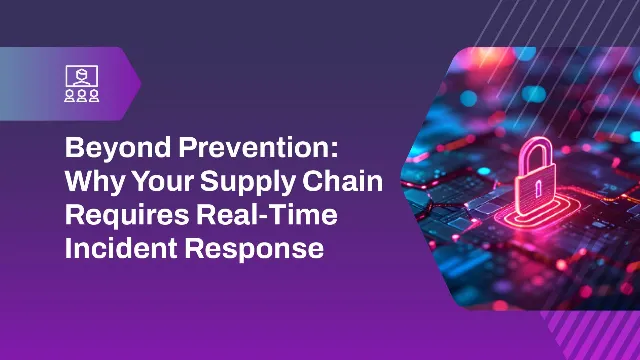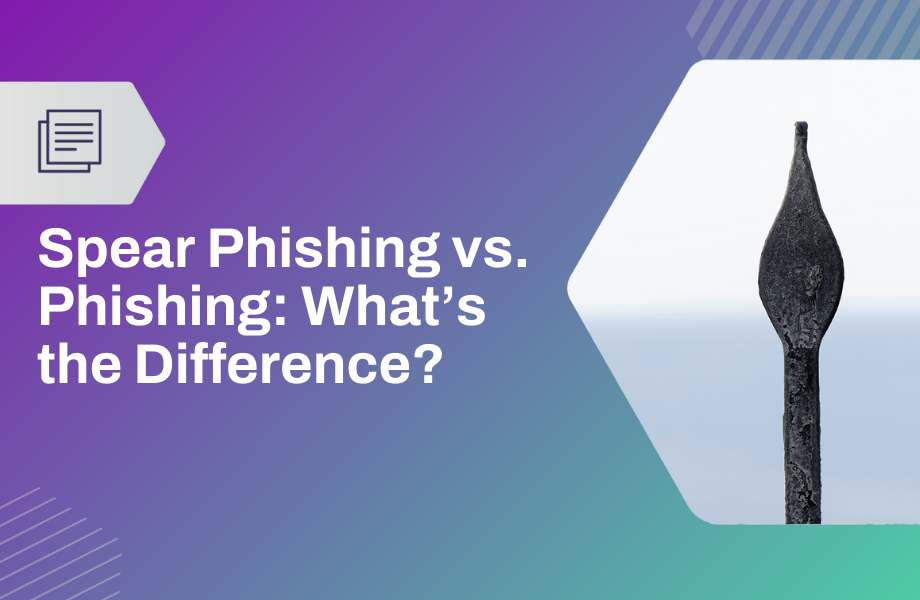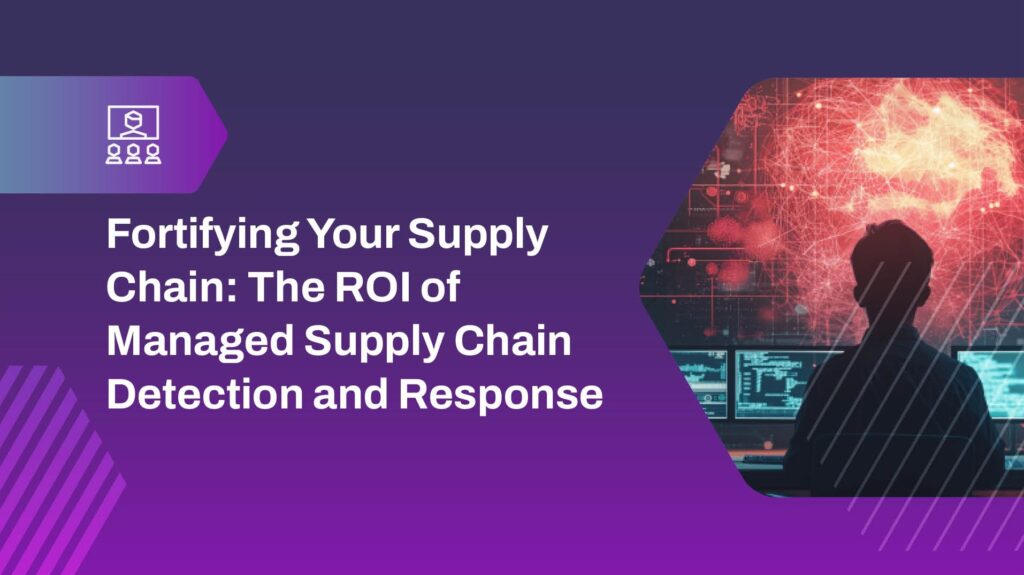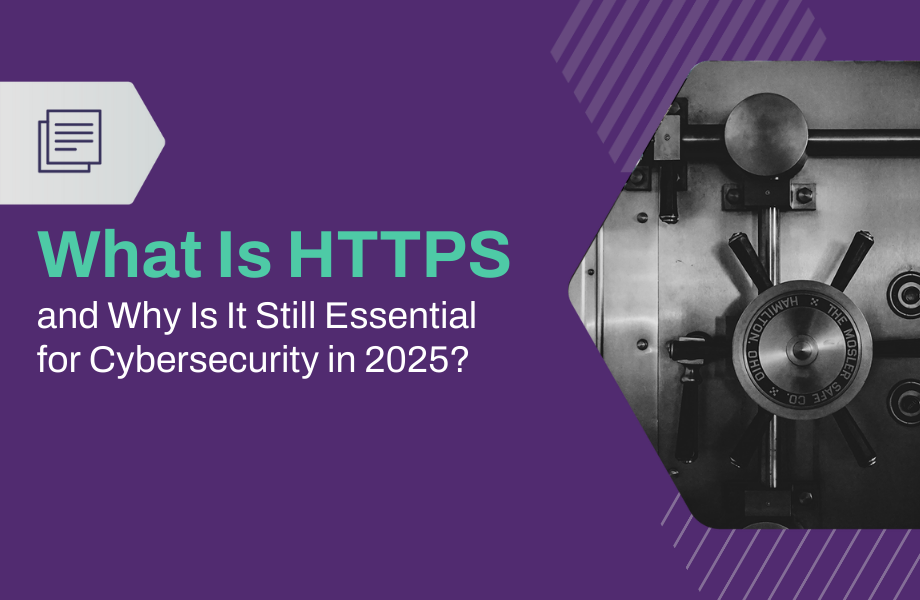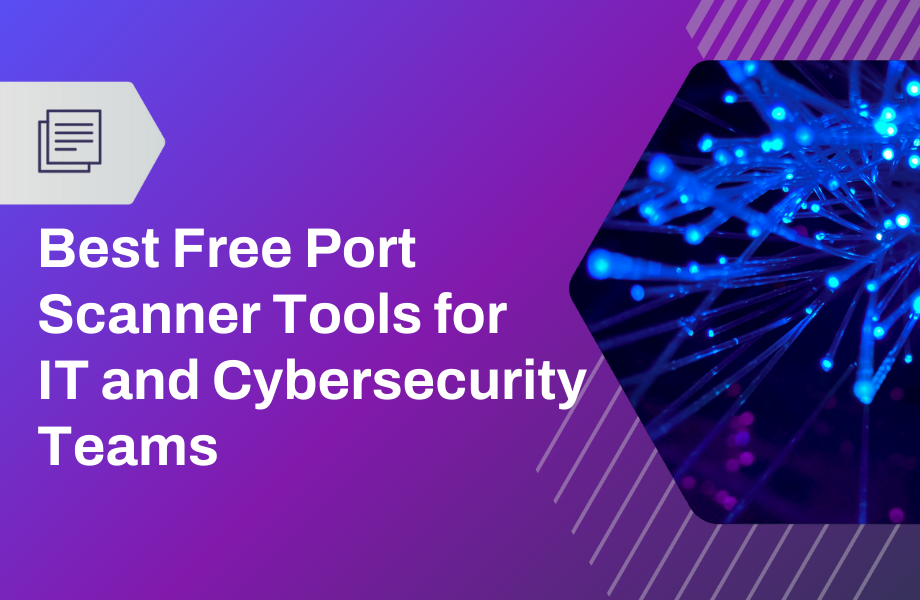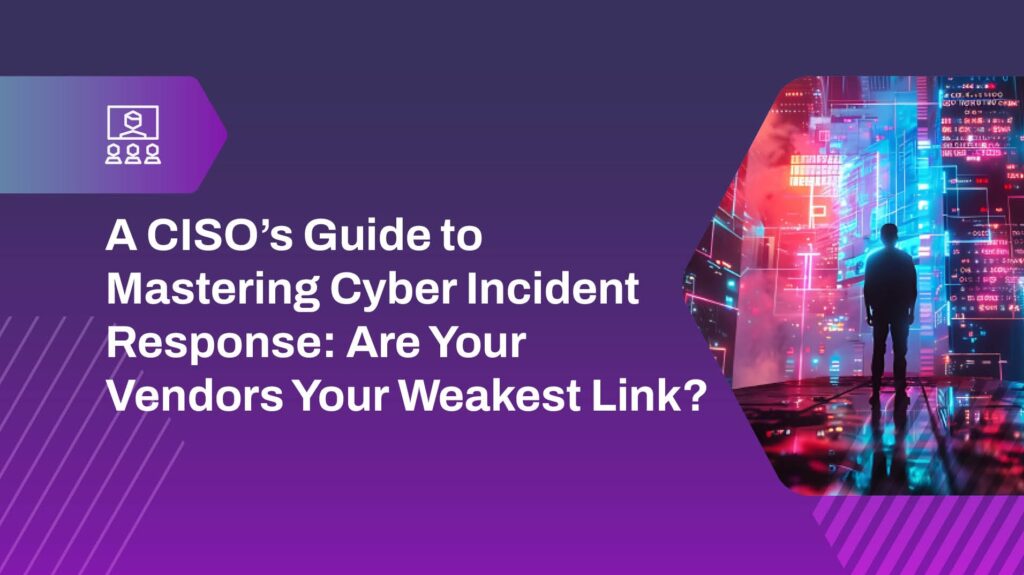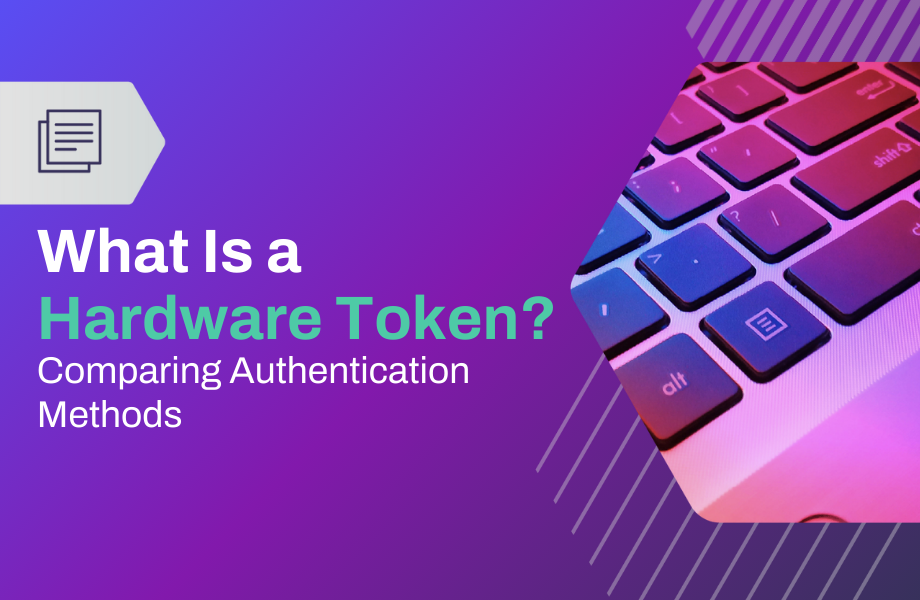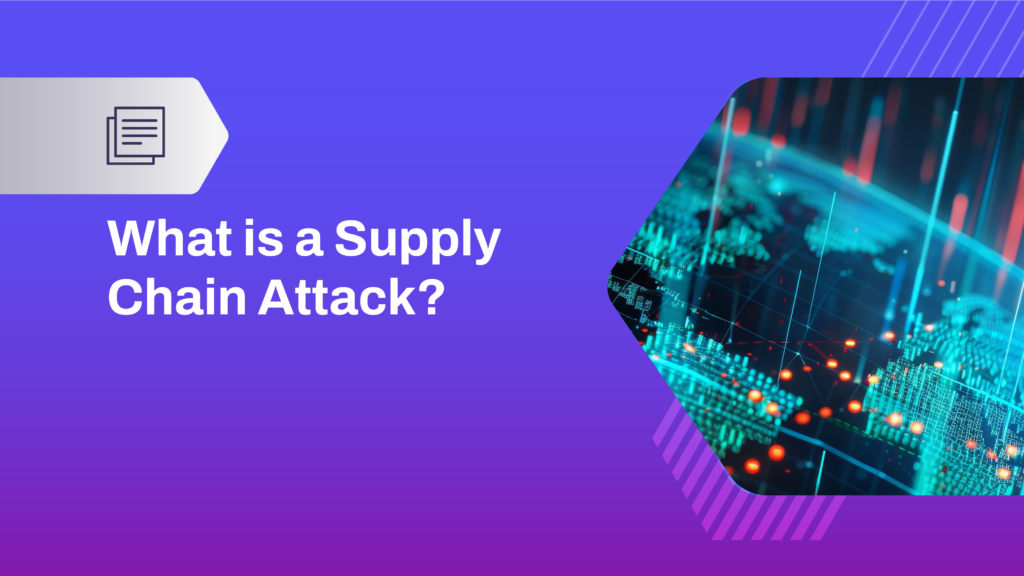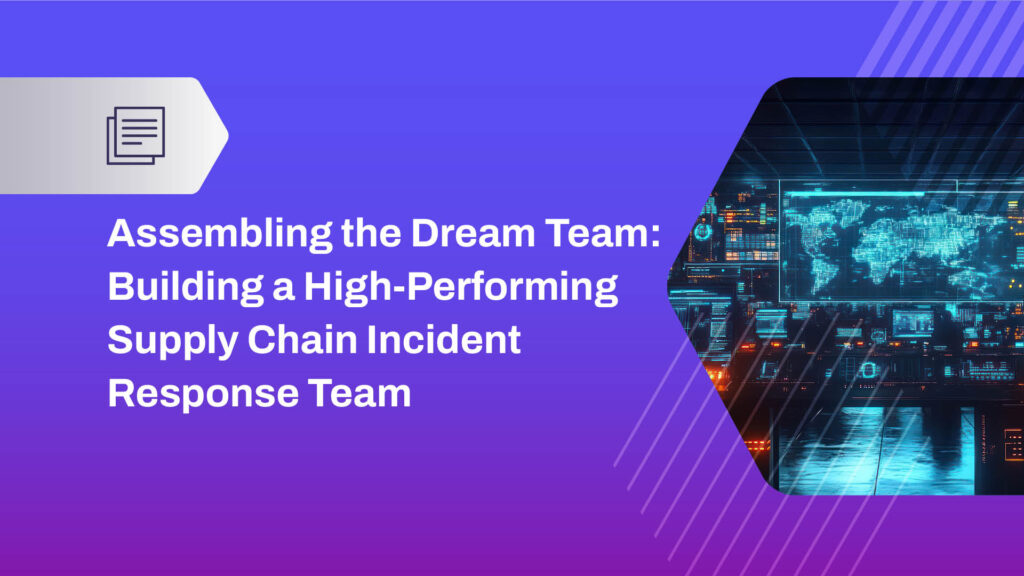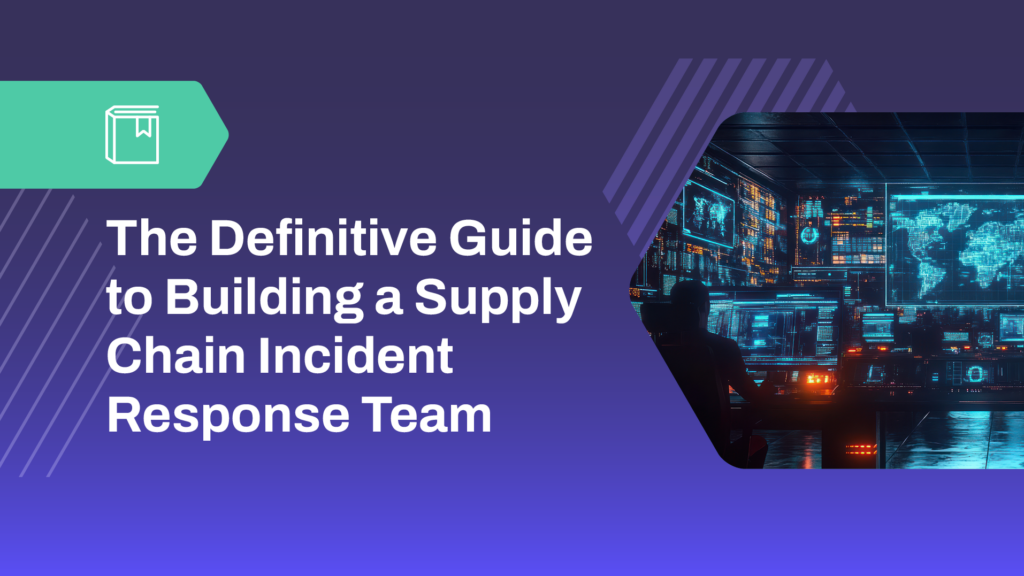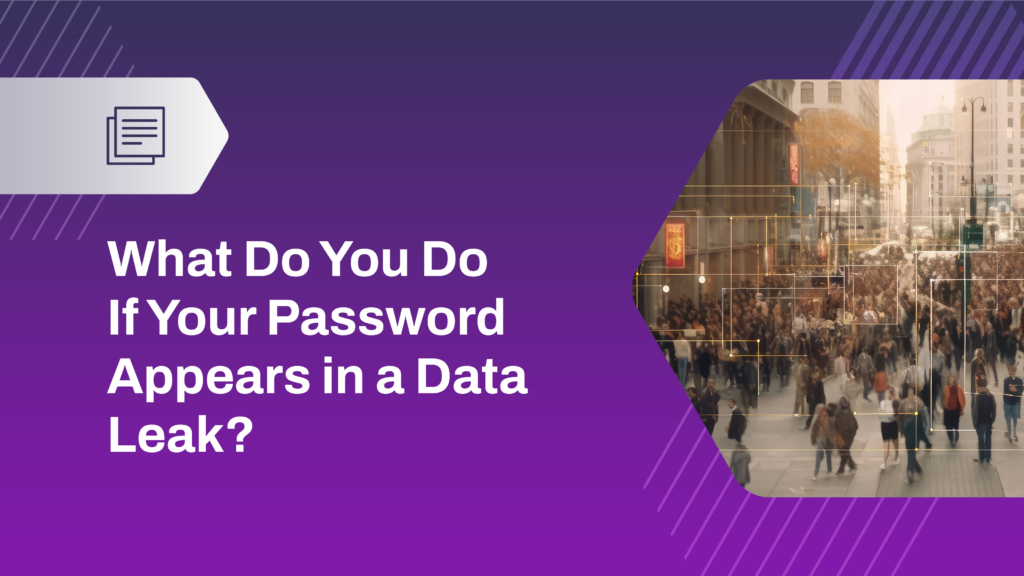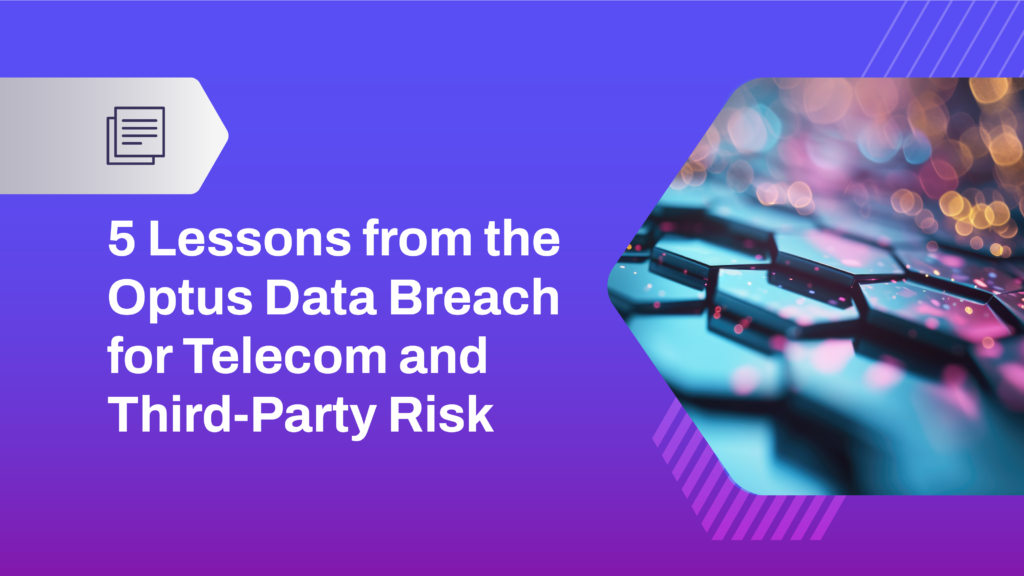-
Switch to Supply Chain Detection and Response
Security & risk management teams struggle with massive data overload and a lack of context needed to get the job done. This creates friction when trying to resolve critical supply chain cyber risk issues.
Complete the form below and a supply chain risk management expert will reach out to deliver a free incident likelihood assessment that can help you identify unresolved cyber risks that will impact your business.
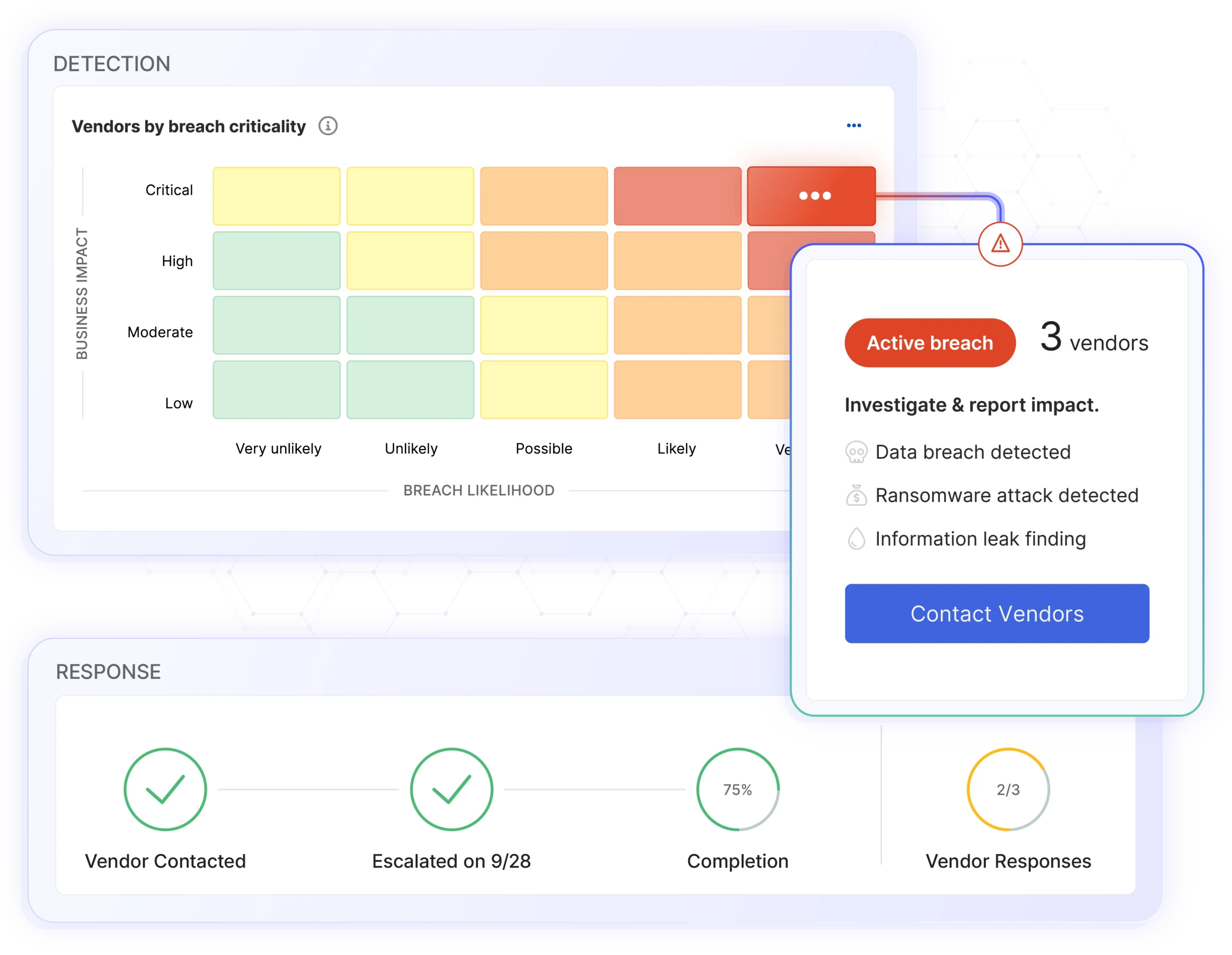

Ready to get started with SCDR?
Supply Chain Detection and Response (SCDR) operationalizes risk and intelligence data to drive response actions that lead to cyber risk resolution.
Start your journey towards operationalizing supply chain cybersecurity with a choice of one of the following:
- Free 1-hour supply chain incident response plan consultation
- Free incident likelihood assessment for one of your suppliers
Identify and resolve supply chain risks
-

Detect and resolve
Identify and remediate zero-day and critical issues in your supplier ecosystem in 48 hours or less
-
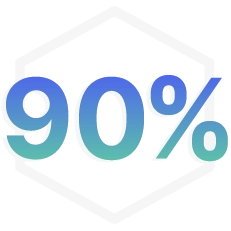
Streamline vendor communication
Remove friction in vendor collaboration process and reduce issue resolution time by 90%
-

Improve cybersecurity posture
Reduce third-party breaches by 75% and improve the cybersecurity posture of your supply chain
SCDR FAQs
What is supply chain detection and response?
Supply chain detection and response (SCDR) is a solution for supply chain incident responders that drives critical issue identification, vendor responsiveness, and time to incident resolution. SCDR solutions provide risk intelligence, AI-driven workflows, and collaboration capabilities to improve the security posture of your organization and your suppliers.
SCDR shares principles from other detection and response approaches like extended detection and response (XDR) and cloud detection and response (CDR). Those principles are applied to your ecosystem of vendors, partners, or other third-parties.
Why is supply chain detection and response needed now?
Organizations struggle to operationalize supply chain cybersecurity in an environment where these types of risks are more complex and impactful. The struggles manifest themselves in the following ways:
- Visibility: Who are my suppliers, what is their business impact, and how secure are they?
- Actionability: What do I do when a vendor is high risk or is breached?
- Ownership: Who has the skills and accountability to respond to incidents in the supply chain?
As a result of these struggles, most of the time it’s the supplier who has the weaker security posture in the relationship. Today we see that pretty much every organization has a supplier who has been breached and that the cost of responding to incidents in the supply chain is rising.
How does supply chain detection and response help?
SCDR transforms the way you respond to supply chain incidents. Today, there is a gap at the intersection of 1st and 3rd party risk, where supply chain incident response lives.
The only way to close that gap is to deploy a dedicated team of supply chain incident responders to focus on resolving third-party risks as an extension of the SOC.
The supply chain incident response team operates like a threat hunting and active resolution team instead of a bureaucratic and report generating team. It implements a proactive incident response approach that improves supply chain security postures and reduces issues resolution times. SCDR is the technology that powers supply chain incident responders.
How does supply chain detection and response work?
SCDR relies on comprehensive and continuously updated risk intelligence to create the insights needed to drive desired outcomes. Advanced AI and data analytics drive intelligent user experiences to streamline identification and remediation workflows. Incident response capabilities empower suppliers to prioritize and remediate issues.
There are three critical pillars of a comprehensive supply chain detection and response solution:
- Continuous threat and risk monitoring: Instant and continuous identification of security issues, threat actor behavior, and active incidents that impact an organization and its suppliers.
- Supplier lifecycle management: Manage vendor-related data, track vendor engagement, and consolidate vendor-provided evidence and documentation to help streamline risk reduction and oversight.
- Supplier collaboration and remediation: Turns supply chain risk insights into action with tools and workflows that enable suppliers to efficiently resolve the specific issues that are identified and prioritized with the highest criticality.





